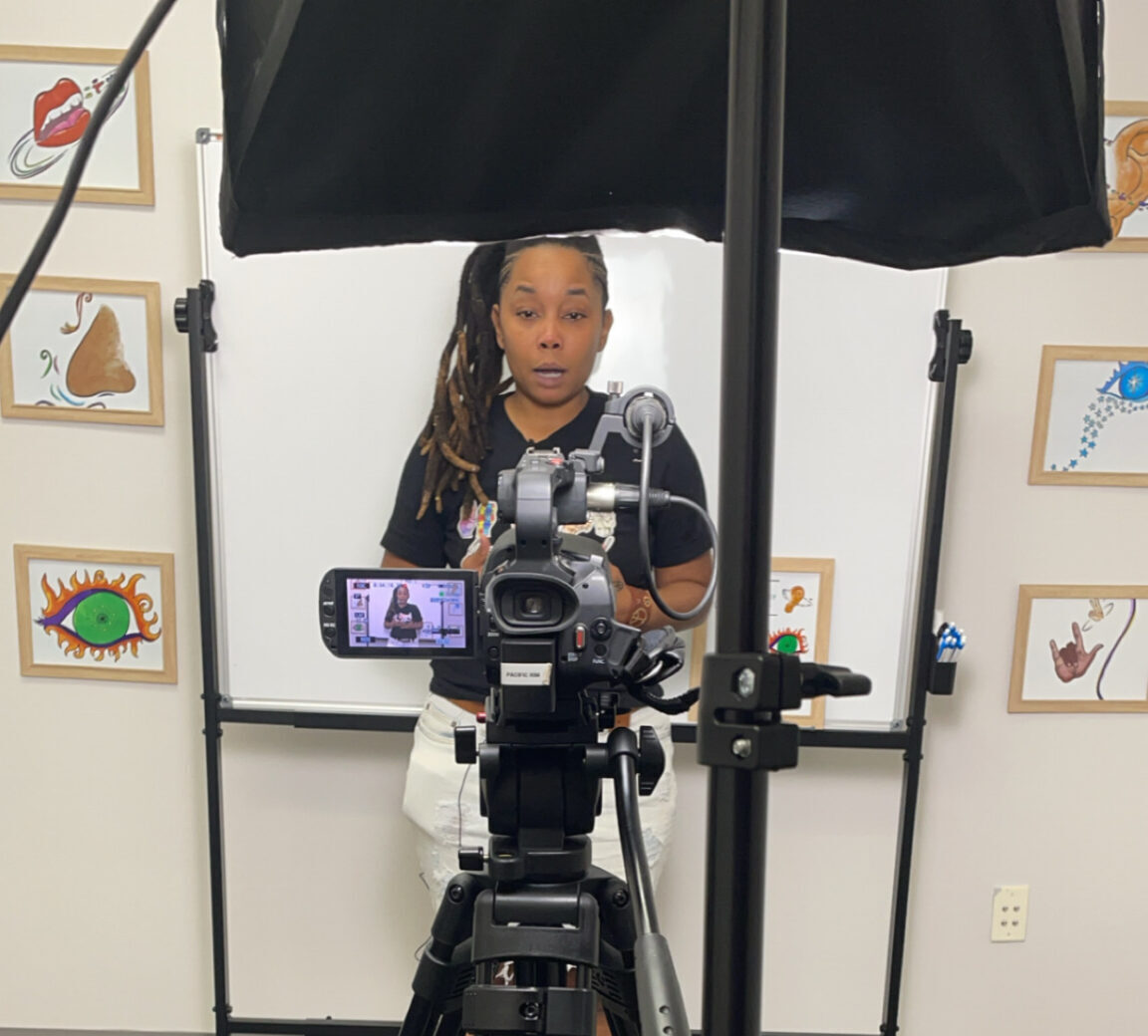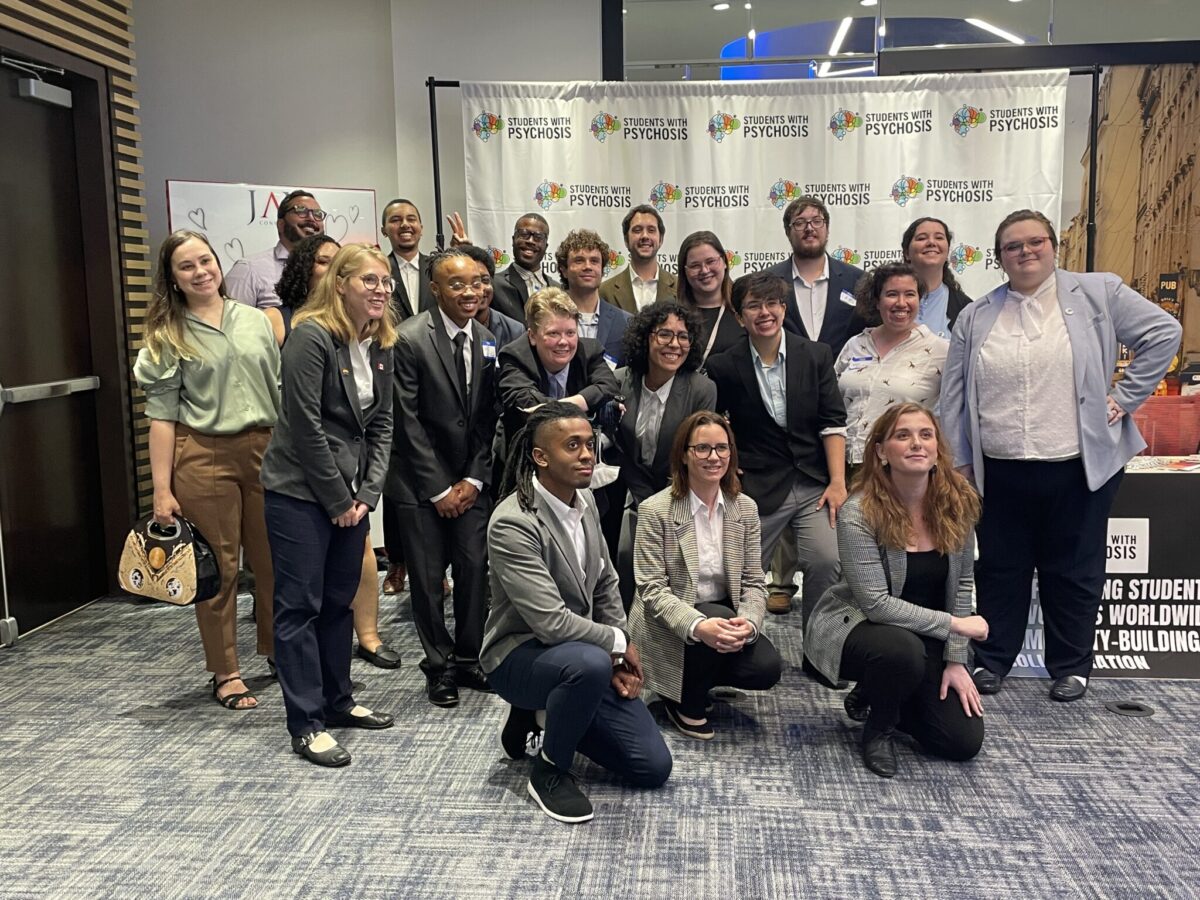My experiences in the last two months have changed my life. I have transformed artistically, personally, creatively, and professionally and I wouldn’t give up these experiences for the world. Since the beginning of October, I have trained with the SITI Company, a New York-based theater collective that makes classical, contemporary, and newly-devised plays, operas, and performances. I was first introduced to their company when I saw their collaboration with Ann Hamilton at the Wexner Center this spring. At that performance I was inspired by the company’s presence, their unique energy, and the collaborative nature of their artwork. It wasn’t until I started to learn about their way of approaching work during the trainings that I began to understand the immensity of their processes and the importance of training, collaboration, and company commitment to making their unique performances. SITI’s philosophy is broken down into seven main points, each of which becomes obvious while watching a performance or training with anyone who is a member of the company.
- All great life-changing work made for the theater has historically been made by companies.
- The theater is proposing to the world, alternate ways for a society to organize itself.
- The theater is a gymnasium for the soul.
- A balance between teaching, learning and doing is critical for an artist’s life.
- The art of the theater rests upon the art of the actor.
- International cultural exchange is impossible, therefore we must try.
- Training is an essential and central component of a performing artist’s lifestyle, not just their education”
The first five weeks of training was focused on the two principle methods used by the company—The Suzuki Training and the Viewpoints. Tadashi Suzuki is a world-renowned Japanese theater artist and director of the Suzuki Company of Toga. He developed a training for the actors in his company that is deeply rooted in historical Japanese theater styles, such as Noh and Kabuki. Unlike other actor training programs of today (and of recent history), Suzuki’s training focuses on the actor’s body, particularly the legs and feet, rather than on psychology. The training is physically rigorous, which I definitely didn’t expect going into it. Each day after training for an hour and a half I was dripping in sweat and after the first two days of class I was having trouble walking up and down the subway staircases. This LA Times article goes over the basics of what the training entails and the background that brought Suzuki’s method to be a global phenomenon. It’s kind of amazing how a training that could be seen only through the eyes of theater and acting can actually open up truths about other aspects of one’s life and herself. I found that through the rigorous training I was able to unlock aspects of myself that I didn’t know existed. I found new strength, new energy, new spirit. I found comradery and company. I found dedication and exhilaration and persistence. These theatrical and life advancements aren’t surprising, I suppose if one knows about the background of Suzuki’s training method. He is interested in training the actor to search for and find the innate animal energy that exists in us all (as humans) but has been forgotten under layers of learned cultural narrative. The training itself includes stomping, walks, and basic movement patterns all along with a focus on breathing and relaxation, of especially the upper body, and bodily breathing tools. During the training, it is constantly emphasized that the technique can never be perfected, only improved upon because the technique in its perfect form is impossible. I think that the constant inertia from the fact that the goal is never to reach perfection but to always continue to improve is really beautiful and inspiring. This video demonstrates some of the physical motions used by the Suzuki method.
The second focus during the first five weeks of classes was the nine viewpoints, adapted for use by the theater artist Anne Bogart and her collaborators from modern dance choreographer Mary Overlie. The basic foundation of the viewpoints is to break down performance into key aspects of time and space. Rather than be in a constant state of ‘making,’ the viewpoints encourage listening and ‘reading (observing)’ versus ‘writing (creating, adding).’ These viewpoints bring inspiration through the deconstruction of performance and are helpful in creating original works and in developing ensemble. Each of the viewpoints of theater (as defined by Anne Bogart and Tina Landau) introduce a new way of approaching and dealing the time and space. The viewpoints are as follows: Time: Tempo, Duration, Kinesthetic Response, and Repetition; Space: Shape, Gesture, Architecture, Spatial Relationship and Topography; and Vocal: Pitch, Volume, and Timbre. While keeping these aspects of time and space at the forefront of the mind and sometimes isolating certain viewpoints, one can move their body through time and space in a unique improvisational exploration. To learn more about the philosophy of the viewpoints, click here.
So, everyday for the first five weeks of training I was exercising the new (to me) methods of seeing the world of life and the theater through the animal energy of the body and the viewpoints of time and space. These initial trainings totally rocked my world and prepared me for the next two weeks of classes which would bring challenge and reality into the picture. For the 2nd and 3rd week of November, I studied Composition, creating performance work from scratch in a collaborative environment and Speaking (vocal training). These trainings were imperative for me to solidify my understanding of the Suzuki Method and the Viewpoints. Being in the midst of actual performative work is a deep challenge and then implementing the new strategies and methods from Suzuki and Viewpoints adds to the chaos. But it was important and positive chaos that continued to help me develop as an actor and person.
Over the last seven weeks I have learned not only the physical presence and aspects of the Suzuki and Viewpoints methods, I have connected more deeply to my own significant artistic ideologies. I have learned to work collaboratively and creatively with others. I have gained a better understanding of what it is to work in the arts in a globally-conscious, multi-faceted world. I have recognized the importance of company and collaboration while making artworks. I think the most exciting thing I have learned in this journey thus far, though, is that there will always be somewhere to go next. The trainings and processes are incredible jumping off points that need to be reached with dedication, effort, and creativity. This co-op has taught me new tools for performing, connected me to many artists from all over the world who are interested in making experimental performance works, and opened up my view of the SITI company’s collaborative mindset and spirit. But, this co-op has also allowed me to think deeply and critically about my own artistic practices and vision as well as my development as a person. For now, I am focusing on an aspect of the viewpoints that I think rings true for many aspects of life, artistic and otherwise: if you get stuck, read. Just read—watch, listen, hear, contemplate, notice and receive the news of a difference.
photo credit: Michael Brosilow






